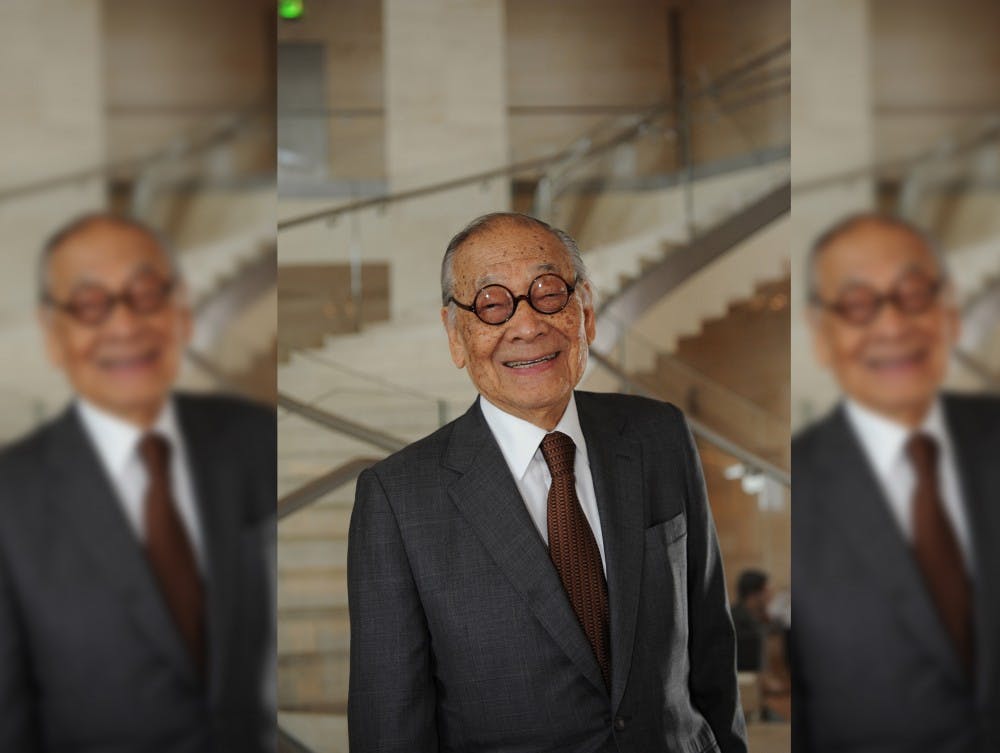I. M. Pei, the world famous architect known for designing structures such as the Louvre pyramid, the East Building of the National Gallery of Art in Washington, D.C. and IU's own Eskenazi Museum of Art, has died at 102.
According to the New York Times, Pei’s son Chien Chung Pei said Thursday his father had died overnight.
Pei was born in Guangzhou, China, on April 26, 1917, and was raised in Hong Kong and Shanghai before moving to the United States to study architecture. He attended the University of Pennsylvania, the Massachusetts Institute of Technology and Harvard University.
After working as an instructor at Harvard, Pei started working for Webb & Knapp Inc. in New York City in 1948. In 1955, he formed his own architecture firm, I. M. Pei and Associates, now known as Pei Cobb Freed and Partners.
In 1964, the year after the assassination of then-president John F. Kennedy, First Lady Jacqueline Kennedy personally selected Pei to design the John Fitzgerald Kennedy Presidential Library and Museum. Pei was relatively unknown at the time, but the design and construction of the library helped make him known in the U.S.
Established by IU president Herman B Wells and head of the university’s art department Henry Hope in 1941, the Eskenazi Museum of Art was originally known as the Indiana University Art Museum. In 1973, Pei was contracted to design a new building to house IU’s ever-growing art collection.
The museum’s construction was completed in 1982 and stands as a work of art itself, designed by one of the world’s giants of modern architecture.
“The Eskenazi Museum of Art, Indiana University, and the city of Bloomington are fortunate to be a part of Pei’s legacy,” representatives of the Eskenazi Museum of Art said in a statement.






